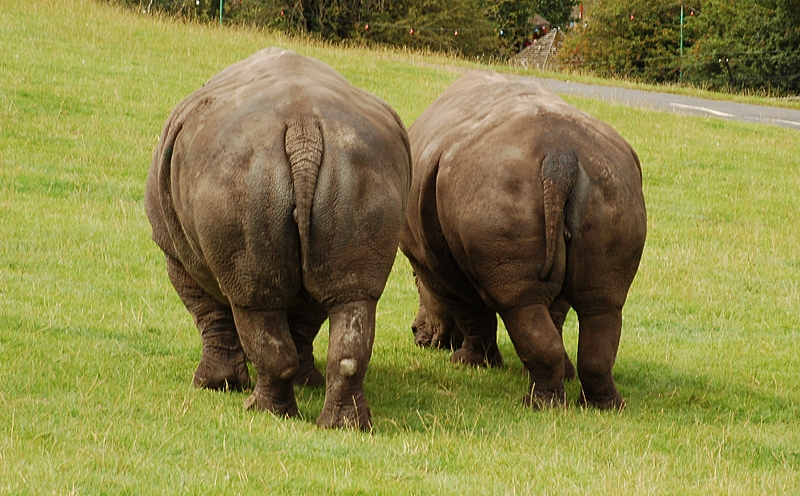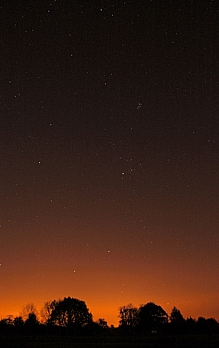Not so much of a Great Escape today - we've had a lazy day. Besides, the kitchen cupboards were empty, so a shopping trip was in order.
We're currently outside watching the skies - it's the lead-up to the peak of the Perseid meteor shower. We've been counting about 10/hour from our back garden. Here's some info taken from the IMO Meteor Shower Calendar 2007:
Perseids (PER)
The Perseids were one of the most exciting and dynamic meteor showers during the 1990s, with outbursts at a new primary maximum producing EZHRs of 400+ in 1991 and 1992. Rates from this peak decreased to ~ 100 —120 by the late 1990s, and in 2000, it first failed to appear. This was not unexpected, as the outbursts and the primary maximum (which was not noticed before 1988), were associated with the perihelion passage of the Perseids' parent comet 109P/Swift-Tuttle in 1992. The comet's orbital period is about 130 years, so it is now receding back into the outer Solar System, and theory predicts that such outburst rates should dwindle as the comet to Earth distance increases. However, some predictions suggested 2004 —2006 might bring a return of enhanced rates ahead of the usual maximum, and in 2004 a short, strong peak happened close to that anticipated pre-peak time. After that, activity seemed to be roughly normal in 2005, and the moonlit 2006 return was still to come when this text was prepared, but nothing untoward was predicted for 2007 in any case. An average annual shift of +0°05 in the ? of the “old” primary peak had been deduced from 1991 —99 data, and allowing for this could give a possible recurrence time around 9h UT on August 13 (? = 140°16), if so a little after the most probable maximum, that of the “traditional” peak always previously found, which is given above. Another feature, seen only in IMO data from 1997 —99, was a tertiary peak at ? = 140°4, the repeat time for which would be 15h UT on August 13. Observers should be aware that these predictions may not be an absolute guide to the best from the Perseids, and plan their efforts accordingly, so as not to miss out, just in case!
Whatever happens, and whenever the peak or peaks fall around August 13, new Moon on August 12 creates perfect observing circumstances this year. For mid-northern latitudes, the radiant is sensibly observable from 22h —23h local time onwards, gaining altitude throughout the night. The UT morning-hour maxima suggested here would be best-viewed from across North America and northern South America, while the possible ~ 15h UT peak would fall best for Far Eastern Asia.
Visual and still-imaging observers should need little encouragement to cover this stream, but telescopic and video watching near the main peak would be valuable in confirming or clarifying the possibly multiple nature of the Perseid radiant, something not detectable visually. Recent video results have shown a very simple, single radiant structure certainly. Radio data would naturally enable early confirmation, or detection, of perhaps otherwise unobserved maxima, assuming more than one takes place, if the timings or weather conditions prove unsuitable for land-based sites. The only negative aspect to the shower is the impossibility of covering it from the bulk of the southern hemisphere.
We also saw the International Space Station (with damaged Shuttle) pass overhead just before 23:00 - an impressive sight, especially with decent binoculars.

























